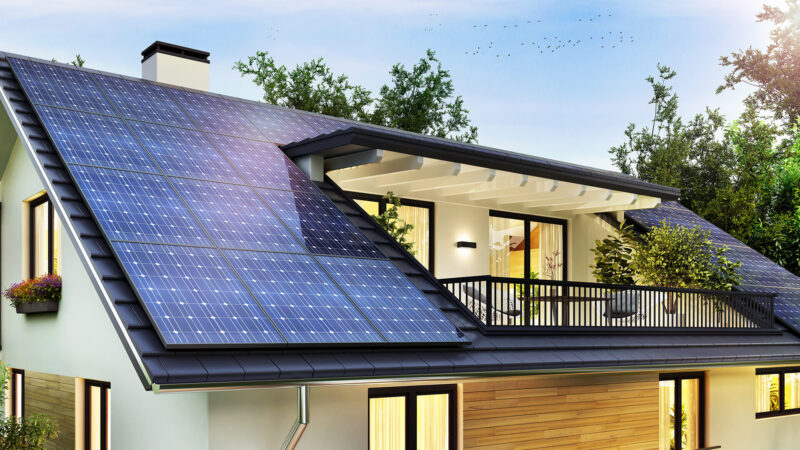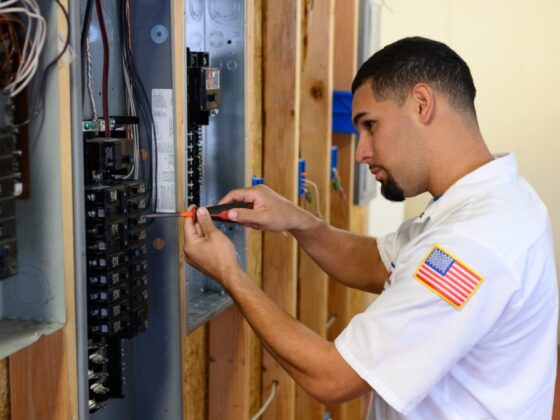Eco-friendly home construction is becoming the new normal. This design philosophy emphasises sustainability features that reduce environmental impact.
However, the benefits expand beyond just shrinking your ecological footprint. Green homes are cost-effective and healthy places to live.
What Defines an Eco-Friendly Home?
Eco-friendly homes should have minimal impact on the environment. These dwellings often incorporate systems that cut down on energy use and waste production while optimising resource utilisation.
Additionally, sustainable materials – those recycled, recyclable or obtained from renewable sources – frequently appear in the designs. A truly green home promotes ecological living as well as cost-efficiency, providing long-lasting perks for both homeowners and the planet.
Relation to Climate Resilience
In an age where climate change poses considerable threats to housing and civic infrastructure, eco-friendly residences serve as bastions of climate resilience. By championing sustainability, these homes bolster defences against environmental stressors, including water damage.
Constructs following eco-principles integrate innovations that can mitigate the effects of extreme weather incidents. Inhabiting such a home means embracing not just an earth-conscious lifestyle but also an inherent capacity for withstanding the elements.
Specialist Restoration Services
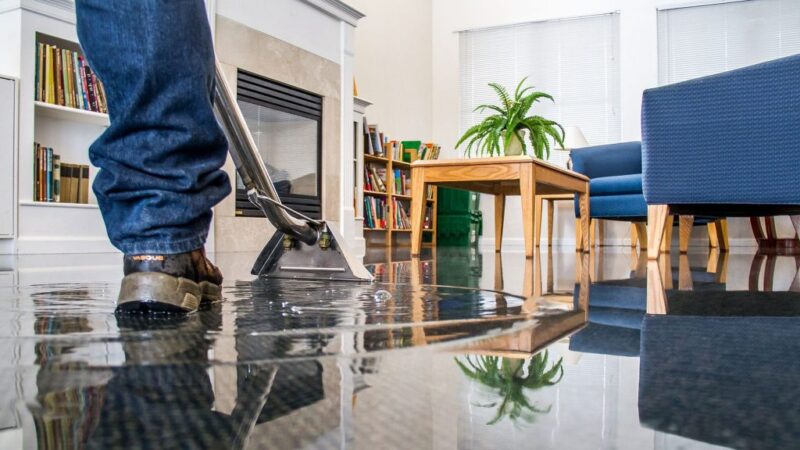
The Water Damage Specialist plays a vital role in helping maintain the integrity of green habitats against water-related issues. Their expertise assists in detecting potential problems early and applying preventative tactics. With extensive technical knowledge and hands-on experience, these professionals form the first line of defence against expensive repairs or replacements.
From identifying hidden leak warning signs to advising on waterproofing techniques, their guidance proves critical for protecting eco-friendly houses from water damage side effects.
Why Water Damage Matters
It’s essential to grasp the implications of water damage, which extend beyond just physical damage like warped floors, peeling paint or corroded plumbing. The effects can also encompass an array of health problems due to mould and mildew growth in damp conditions, leading to allergies and respiratory issues for inhabitants.
Furthermore, extended moisture exposure can attract pests, compounding difficulties. Without timely action, these problems can escalate, causing major hassles and expenses.
Eco-Friendly Materials for Prevention
Choosing eco-friendly materials for water damage protection is vital. These products are not only sustainable but also resilient against moisture and mould. For example, reclaimed wood is durable in addition to shrinking your carbon impact. Similarly, linoleum flooring degrades naturally yet resists water infiltration.
One should thoroughly investigate or consult specialists before making a purchase, weighing both long-term sustainability and present performance.
Significance of Insulation
Discussing water damage prevention in eco-residences, insulation deserves attention. Effective insulation minimises the chances of condensation buildup by regulating temperature differences between indoor and outdoor areas.
Materials like sheep’s wool and cellulose make great green substitutes, furnishing superb insulation while being recyclable or obtained from renewable sources. Incorporating proper insulation into architectural plans gains energy efficiency, comfort and preventative measures against potential water damage.
Mould and Health Effects
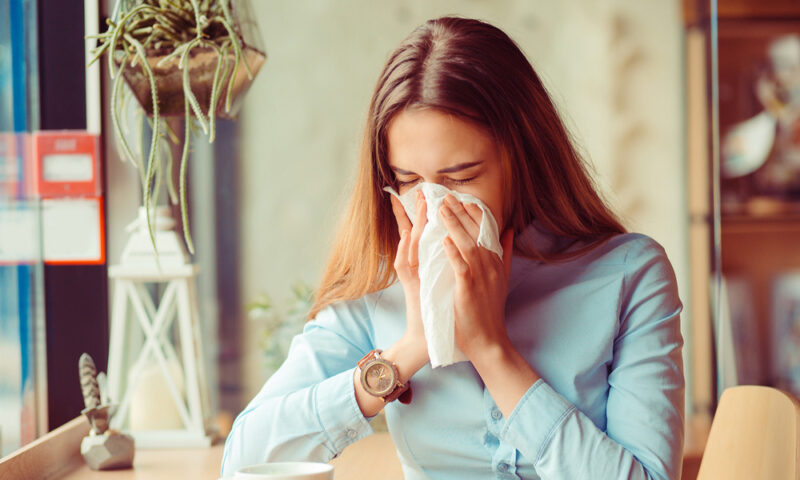
Mould infestations frequently go undetected until already wreaking destruction on structures and well-being. Exposure to spores can prompt respiratory issues, allergies or even neurological problems. For those with preexisting conditions or weakened immunity, the effects prove even more dangerous.
Thus, thwarting water damage goes hand-in-hand with protecting inhabitant health. Any eco-housing solution should encompass the necessary techniques to restrict the proliferation and growth of mould inside living spaces.
Waterproofing Tactics
Preventing water damage initiates at the construction phase, employing waterproofing tactics. Foundation sealing utilises liquid rubber barriers that form protective coatings to maintain water resistance. Furthermore, interior and exterior drainage systems guide water away from the structure.
Eco-friendly silicone sealants also play a part, in resolving leaks around windows or doors. A comprehensive waterproofing approach not only hardens defences against damage but noticeably lengthens a home’s functional lifespan.
Low Impact Development
The low-impact development (LID) methodology promotes handling precipitation at the source instead of draining it away. Integrating features like contoured landscapes, porous materials, rain gardens or living roofs – these LID techniques boost eco-friendliness in housing while averting water damage.
Incorporating such plans early when designing homes maximises perks like aesthetics and property value. Achieving success requires proper initial planning and consistent upkeep.
Efficient Plumbing Systems
Efficient plumbing forms an indispensable aspect of any eco-dwelling. Measures like water-saving toilets, faucets or leak monitoring enable shrinking your water use footprint while lowering damage risks.
System maintenance represents a vital component too. Monitoring for abnormalities and timely repairs helps contain minor issues before they spiral into expensive predicaments. Remember, effective plumbing isn’t just about conserving water – it’s also about saving your green home from disastrous flooding.
Renewable-Powered Pumps
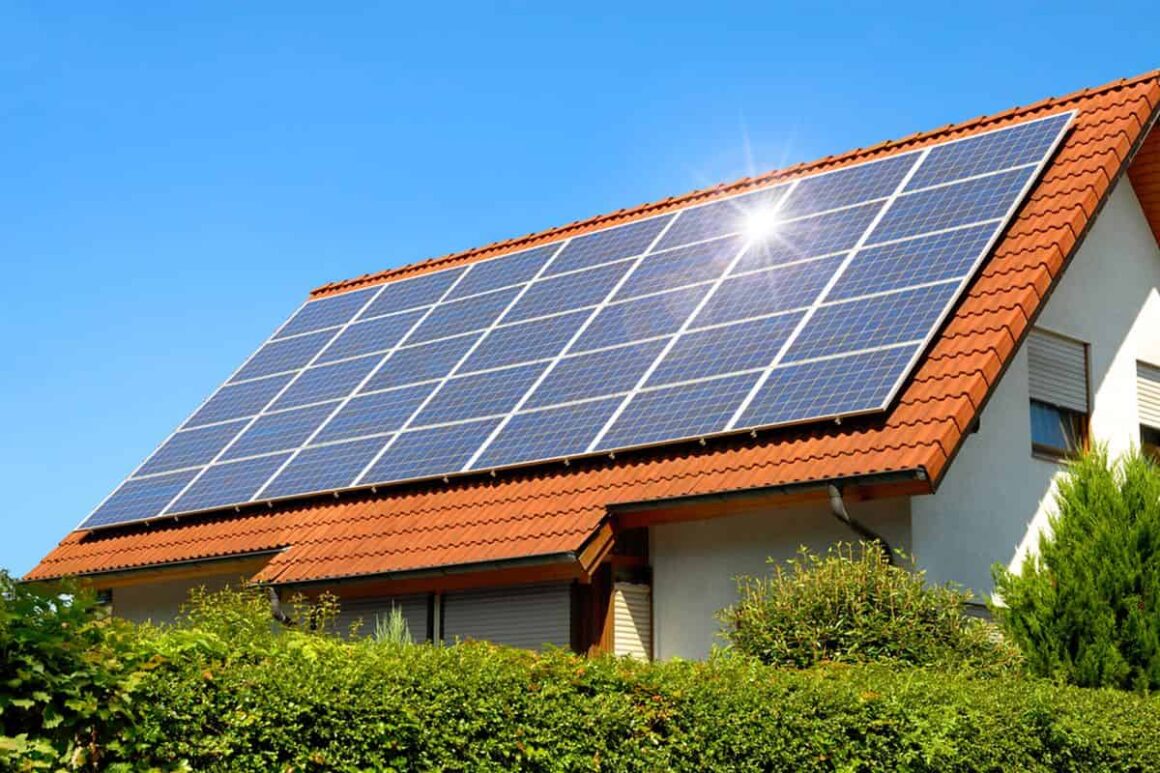
Sump pumps powered by renewable sources like solar or wind constitute an eco-option against basement flooding. Stored clean energy can operate pumps during outages – precisely when you need them most amid heavy rainfall.
Though possessing higher initial costs, long-term savings on electricity plus reassurance during storms make these systems smart investments benefiting both your home and the planet.
Rainwater Harvesting
Collecting rainwater aligns seamlessly with green living, depending on factors like roofing material and storage capacity determining volume preserved. This water finds use for household purposes like irrigation, cleaning or toilet flushing when properly treated.
Effective harvesting lessens runoff hazards while trimming water bills and public supply dependence.
Eco-Friendly Dehumidification
An uncomplicated yet potent water damage preventative approach relies on maintaining ideal indoor humidity ranges. Eco-friendly dehumidifiers consume less energy and refrigerants, shrinking your carbon footprint while keeping interior air healthy and moisture-free.
However, combining these appliances with other precautions like addressing leaks or ensuring adequate ventilation results in the most comprehensive defence. This blog explains more about the drying process after a flooding incident.
Wastewater Solutions
Opting for wastewater systems like greywater recycling brings tremendous sustainable living benefits while securing your home against water damage. These setups repurpose shower, sink or laundry water for applications like irrigation or toilet flushing.
Greywater systems can curb wastewater volumes entering sewer lines, reducing backups that potentially cause substantial flooding damage.
Essential Maintenance
Eco-friendly homes not only focus on sustainable building materials and energy efficiency but also emphasize the importance of water management and damage prevention. An essential aspect of safeguarding an eco-friendly home against potential water damage involves prompt and effective water removal, especially in areas prone to moisture accumulation, such as basements. Basements can be particularly vulnerable to water intrusion, which not only threatens the structure of the home but can also lead to the growth of mold, undermining the home’s air quality. Utilizing professional water removal from basement services ensures that any water intrusion is swiftly addressed, thereby protecting the integrity of eco-friendly homes and maintaining their sustainability goals. This proactive approach to water management is crucial in preserving both the environmental and structural health of eco-friendly residences.
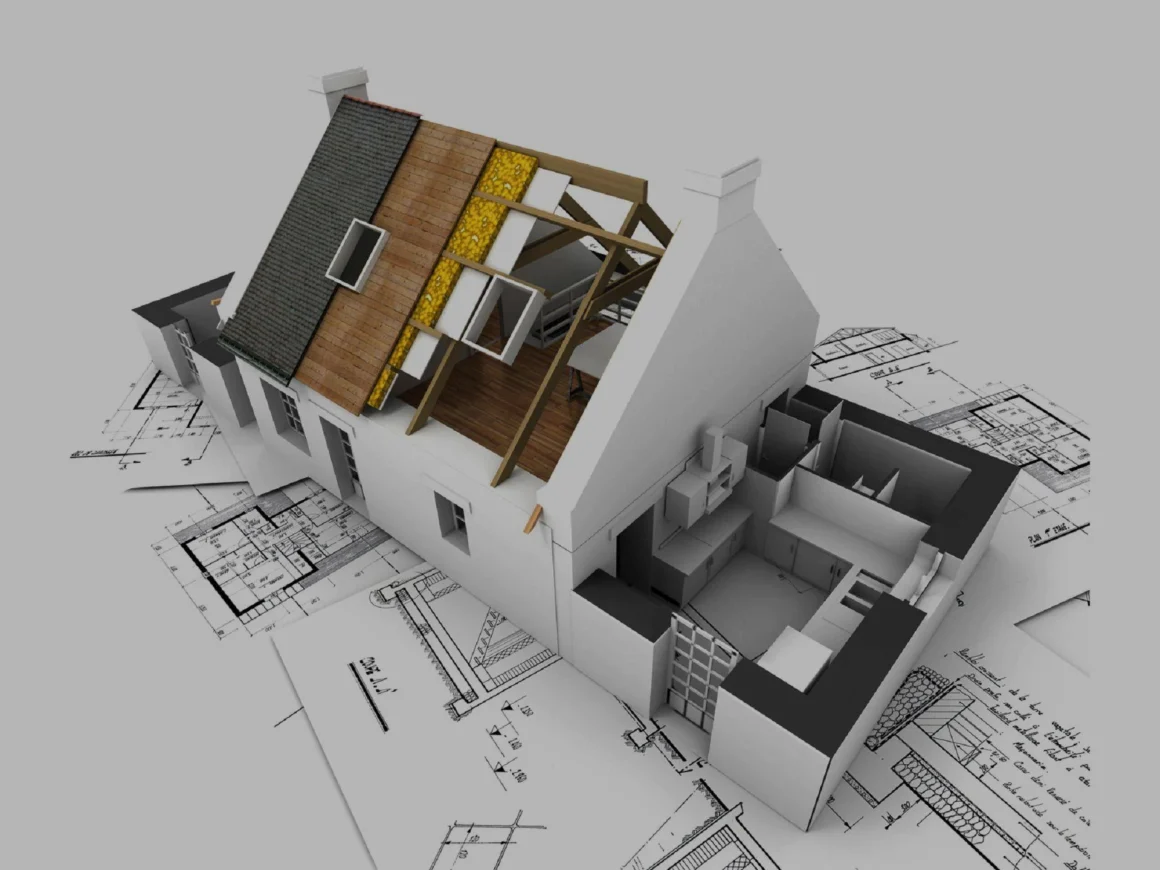
Effective maintenance forms the foundation of any water damage prevention plan. Frequently examining foundations, roofing, plumbing or outdoor areas for problems allows early intervention, saving money and headaches later.
Remember, proactively addressing maintenance not only upholds sustainable living dedication but also safeguards your home from detrimental water damage.
Increasing Property Value
Having an eco-friendly home can directly correlate with increased property value. Homebuyers are increasingly searching for green features and sustainability, therefore newly built or renovated properties aligning with such principles often appraise for more money and sell faster.
Elements like energy-efficient appliances, renewable energy systems, green building materials, and water conservation measures not only reduce environmental impact but also draw in buyers willing to pay premium dollars. Factors that lower utility bills are also appealing. Finally, measures preventing water damage protect integrity and livability.
Integrating Solar Power
One of the most recognizable symbols of renewable power, solar energy integration perfectly complements eco-friendly homes. Converting sunlight into electricity, photovoltaic systems significantly shrink your reliance on fossil fuels while harnessing nature’s free, abundant rays. Solar delivers clean, renewable energy without air and noise pollution.
Benefits also include trimming utility bills, especially in sunnier climates. Solar battery storage enables powering essentials during grid outages. Regarding water damage, homes with solar power can run pumps, safety systems and other equipment using stored clean electricity when storms knock out external power.
In Closing
Preventing water damage in eco-residences comes down to an integration of thoughtful architecture, green practices and technology, coupled with diligent maintenance. Collectively, these efforts yield homes promoting health, aligning with global sustainability while extending the usable lifespan of your investment. Imperative prevention of water damage in green dwellings is hence not just advisable – it epitomises intelligent, eco-conscious living.
